We all remember those moments in school when we were forced to memorize facts or practice skills that seemed, well, completely unnecessary. As we grew older, it became clear that some lessons we spent hours learning didn’t really serve a purpose in our everyday lives. But hey, at least they gave us something to talk about when we ran out of things to say at dinner.
In this list, we take a look at 17 things many of us were taught in school that we’ve since realized were, for the most part, totally useless. Some might make you laugh, others might have you scratching your head, but all of them will have you wondering, “Why did we even bother?” So, grab a cup of coffee and get ready for a bit of a trip down memory lane—one that’s guaranteed to make you feel a little bit lighter.
Pythagorean Theorem
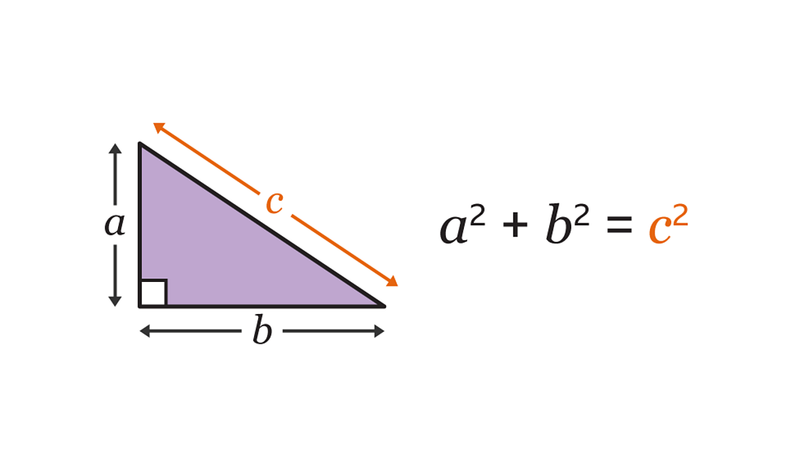
Remember the days of solving triangles with the Pythagorean Theorem? While essential for geometry class, many of us haven’t used it outside academic settings. The equation a² + b² = c² was drilled into our minds, yet how often have we applied it practically in adulthood? For those not pursuing engineering or architecture, its real-world relevance seems distant and abstract. Still, it taught us problem-solving skills, even if the actual numbers rarely matter. Perhaps one day, while building a DIY project, we might unexpectedly need to dust off this mathematical relic.
Cursive Writing
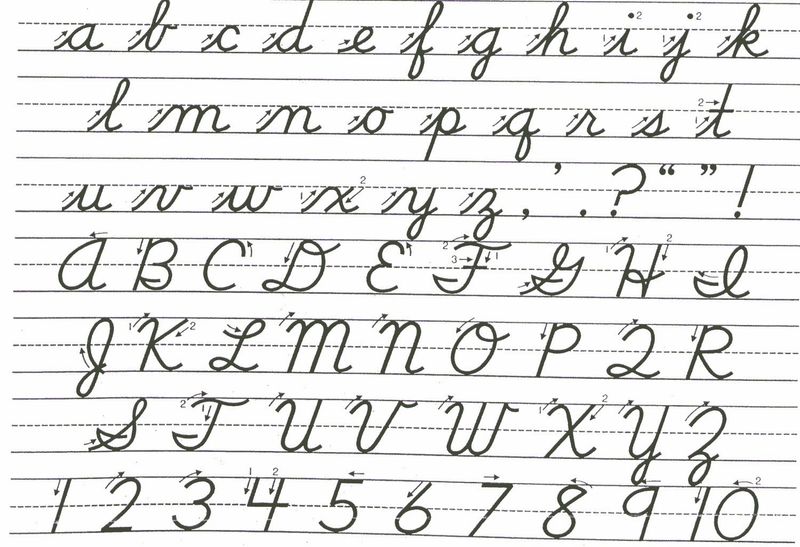
Cursive writing once symbolized elegance and sophistication. In school, we spent hours perfecting every loop and curve. Yet, in the digital age, typing has overtaken handwriting, rendering cursive a forgotten art. Most of our correspondence is now electronic, and cursive skills lie dormant, unused. Though some argue it’s essential for signing checks, even that is becoming digital. While it may enhance fine motor skills, for many, its practical application is nearly nonexistent. Despite its limited use, cursive writing remains a nostalgic reminder of simpler times before technology dominated communication.
The Water Cycle
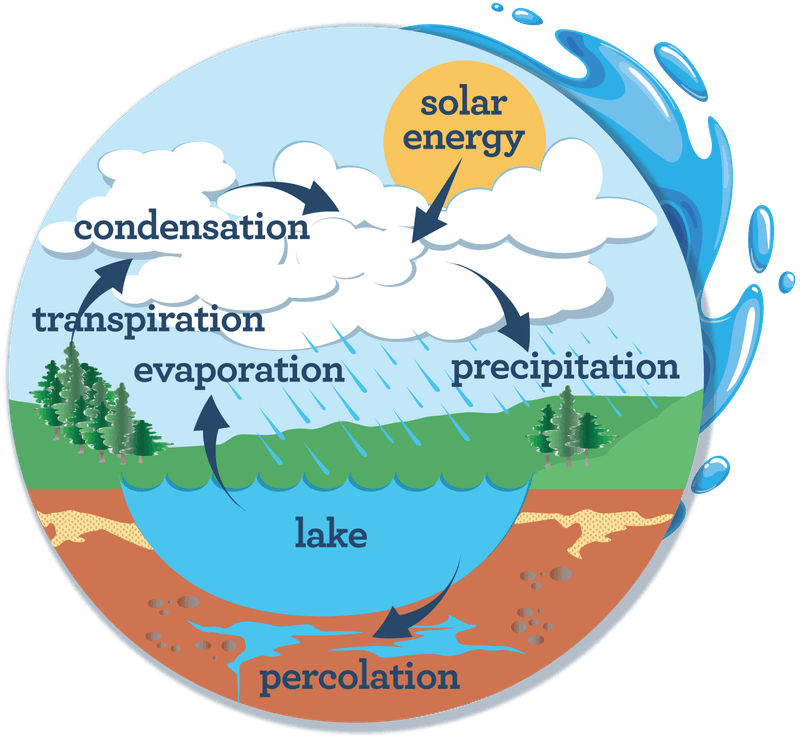
The water cycle, with its clouds and raindrops, was a staple of science classes. We learned about evaporation, condensation, and precipitation in detail. Yet, outside of trivia games or helping kids with homework, how often do we reference it in daily life? While understanding Earth’s processes is foundational, the specifics tend to slip from memory. For most, its practical application is limited unless you’re a meteorologist or environmental scientist. However, it instilled an appreciation for nature’s cycles, even if we no longer recite its stages. Its lessons linger quietly in our subconscious.
Long Division
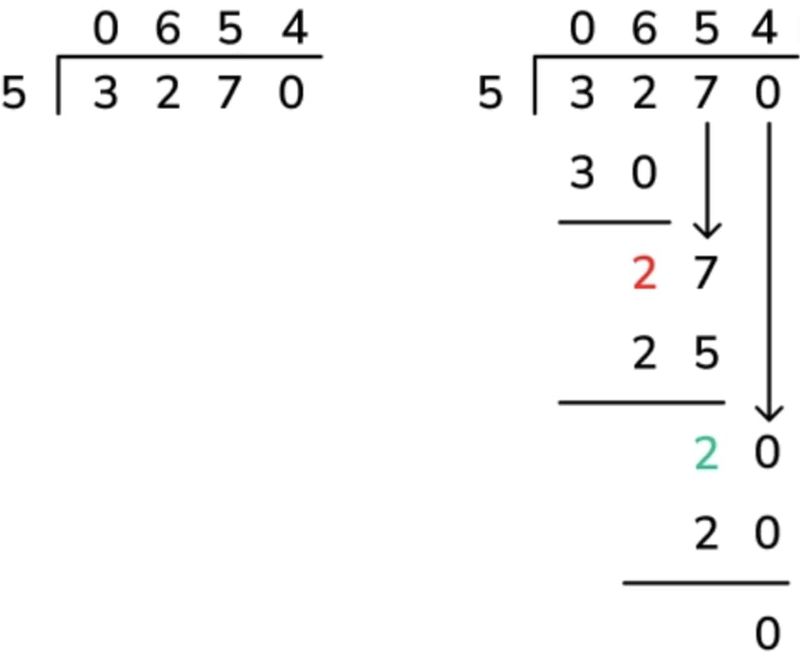
Long division was a rite of passage in arithmetic. The meticulous process required patience and precision. While calculators have replaced the need for manual calculation, the skill taught us persistence. In adulthood, the steps of long division are rarely recalled, overshadowed by digital shortcuts. Still, it reinforced numerical literacy and problem-solving. For those rare moments when technology fails, knowing long division could serve as a party trick or brain exercise. Despite its limited modern utility, it contributed to our foundational understanding of numbers and operations, shaping our analytical abilities.
The Order of Planets

The mnemonic “My Very Educated Mother Just Served Us Noodles” helped remember the planets’ order. While useful in astronomy class, how often do we need this knowledge? For amateur astronomers, it’s handy, but for most, it’s trivia. The demotion of Pluto added confusion, yet the rhyme persists. It’s a whimsical reminder of our celestial neighbors, even if rarely applied. Beyond school quizzes, the planets’ sequence seldom impacts daily decisions. Still, it sparks curiosity about the universe, encouraging exploration beyond Earth. Its true value lies in igniting wonder and imagination about space.
Grammar Rules
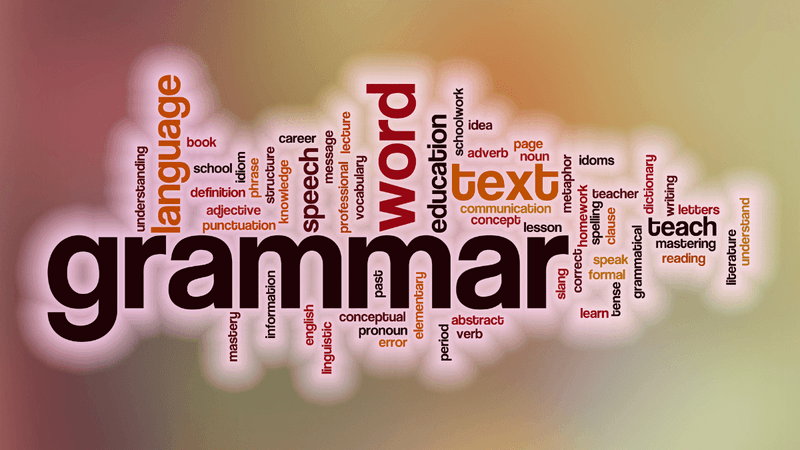
From dangling participles to subjunctive moods, grammar rules were drilled into us. While important for clear communication, many rules seem pedantic in casual writing. The rise of informal digital communication has relaxed stringent grammar norms. Yet, understanding these rules aids in professional contexts, elevating writing quality. Though some nuances are rarely applied, they enhance language appreciation. Grammar frameworks our thoughts, even if we don’t consciously apply every rule. For linguists and writers, it’s crucial, but for others, its intricacies fade. Nevertheless, a strong grasp of grammar underpins effective communication.
Periodic Table
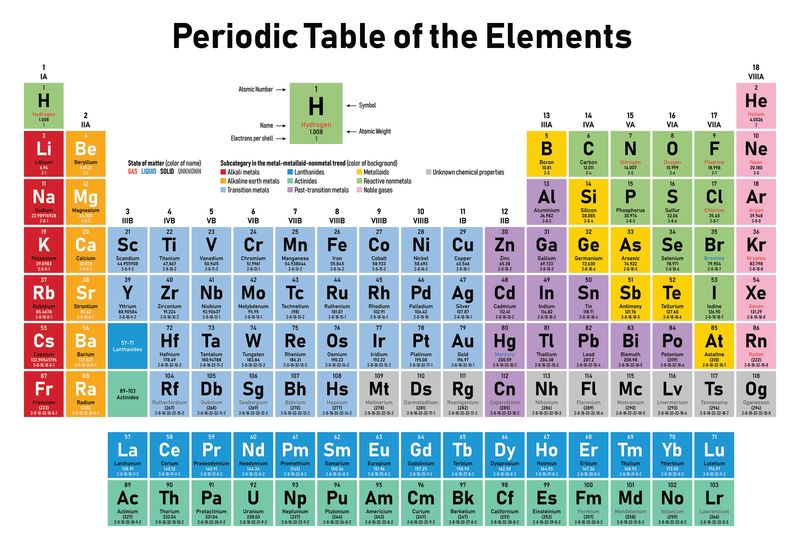
The periodic table, with its symbols and atomic numbers, was a chemistry staple. Memorizing elements felt monumental, yet outside of scientific fields, its daily use is limited. However, it laid the groundwork for understanding material composition and chemical reactions. While we rarely recall atomic weights, the table’s structure taught us about the building blocks of matter. For chemists, it’s indispensable, but for many, it’s an academic relic. Despite its limited practical application, it symbolizes scientific inquiry and discovery, inspiring curiosity about the elements shaping our world.
World War II Dates

History classes emphasized memorizing World War II dates. While understanding history is crucial, specific dates often blur. Beyond passing exams, how often do we cite these dates? For historians, they’re vital, but for most, context matters more than exact years. Despite this, learning about world conflicts fosters global awareness and empathy. Knowing the timelines helps grasp historical progression, even if precise dates escape us. History’s value lies in its lessons, teaching us to avoid past mistakes. While dates fade, the stories and their impacts remain etched in collective memory.
Shakespearean Language

Shakespeare’s plays introduced us to Elizabethan English, an archaic language form. Understanding “thou” and “thee” was challenging yet enlightening. Outside literature or theater, this language feels outdated. However, it enriched vocabulary and cultural appreciation. Shakespeare’s themes remain relevant, but the linguistic style is largely unused in modern conversation. It served as a window into history, highlighting language evolution. While not practical daily, it enhances literary analysis and cultural literacy. For actors and enthusiasts, it’s invaluable. Despite its limited everyday use, Shakespearean language deepened our understanding of English heritage.
Square Root Calculations
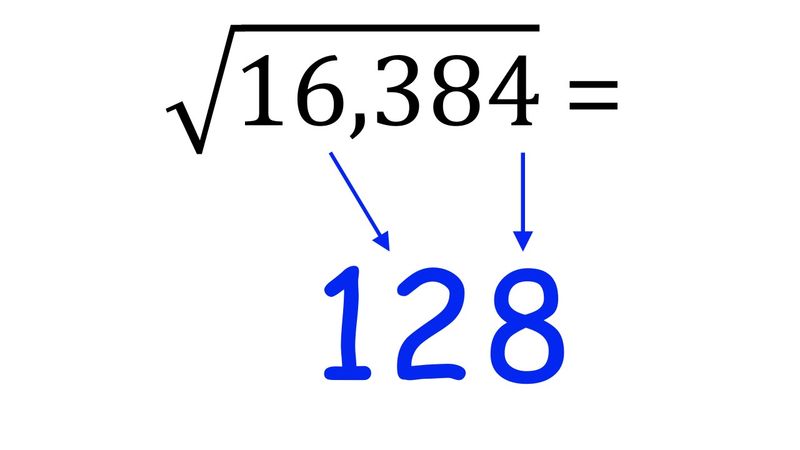
Calculating square roots manually was a math challenge. While understanding roots is foundational, technology now does the heavy lifting. Calculators and computers handle complex calculations swiftly, making manual methods obsolete for most. Yet, the skill developed analytical thinking and numerical fluency. In practical terms, square roots rarely feature in daily life unless in specialized fields. Despite this, learning the process encouraged logical reasoning. While its routine use diminishes, knowing square roots aids in mathematical comprehension. It remains a testament to our educational journey, fostering problem-solving skills despite its limited daily application.
The Food Pyramid

The food pyramid was a dietary guide in health classes. While intended to promote balanced eating, its hierarchy has been questioned. Modern nutrition emphasizes varied diets, often contradicting the pyramid. Despite its limitations, it introduced basic nutritional concepts. Over time, dietary guidelines evolved, reflecting new research. The pyramid’s rigid structure seemed less applicable as understanding of nutrition grew. While its direct application is outdated, it sparked awareness of healthy eating. Today, personalized nutrition plans are more relevant. The food pyramid remains a nostalgic symbol of early health education, marking a shift in dietary understanding.
Photosynthesis Process
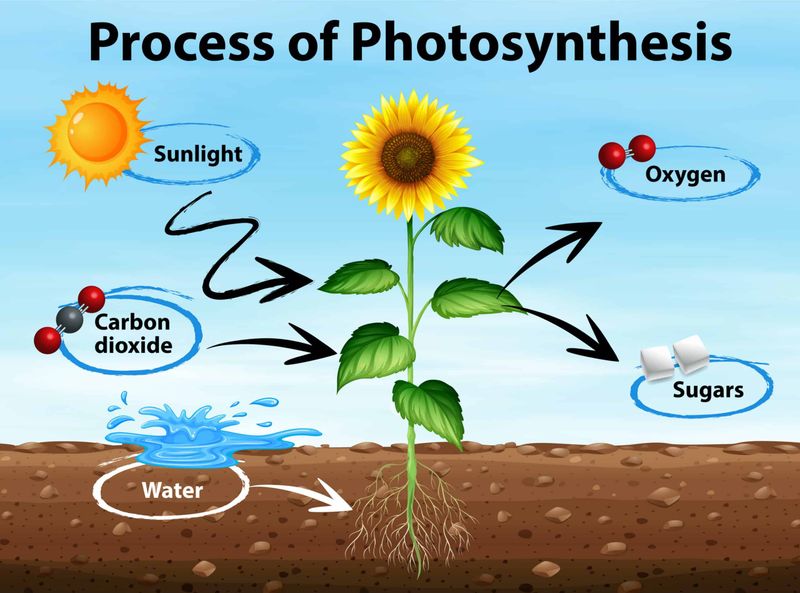
Photosynthesis, the process turning sunlight into energy, was central to biology classes. While vital to plant life, its specifics rarely arise in daily discussions. However, it laid a foundation for understanding ecological interactions and energy cycles. For botanists, it’s crucial, but for many, it’s an academic concept. Despite its limited direct use, photosynthesis illustrates life’s interconnectedness. It fosters appreciation for nature’s complexity, even if we don’t calculate chlorophyll absorption regularly. Its true value lies in teaching ecological balance and scientific inquiry, making us mindful of environmental dynamics despite its rare mention outside academia.
Dewey Decimal System
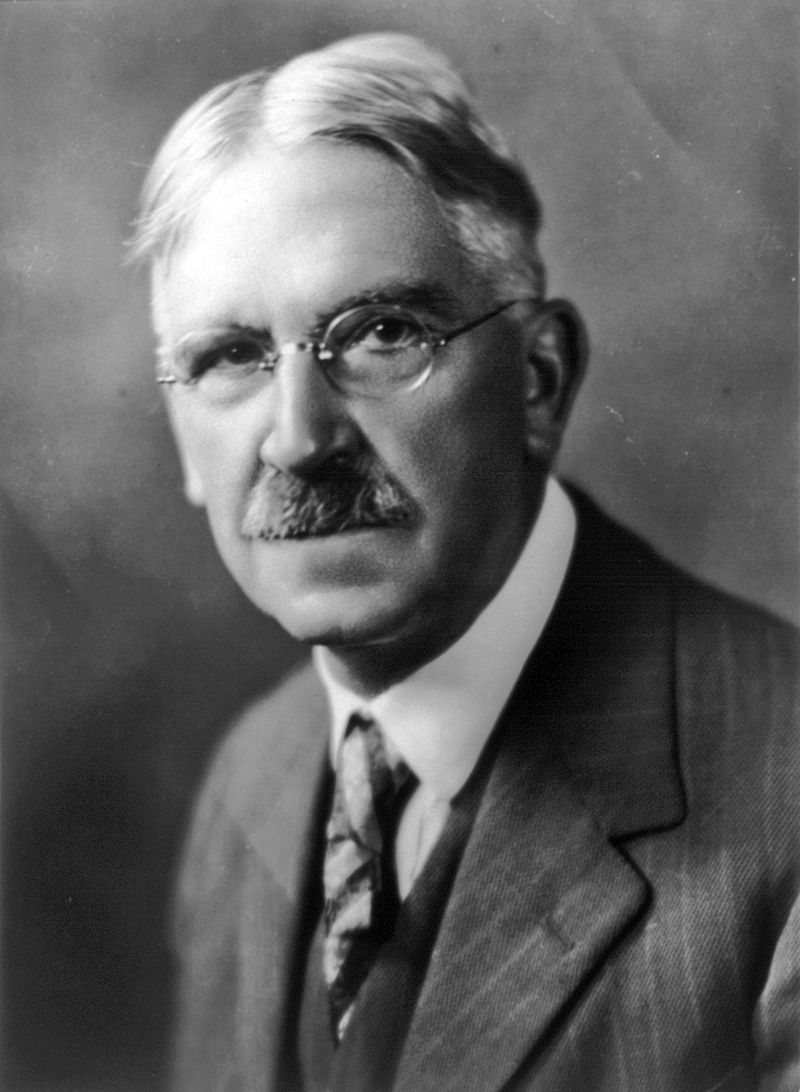
The Dewey Decimal System organized libraries, but digital catalogs have largely replaced it. Learning this system felt like cracking a code, yet its real-world application is diminishing. Despite this, it taught organizational skills and introduced us to library research. While not used daily, it symbolizes knowledge classification. For librarians, it’s still relevant, but for others, it’s a nostalgic relic. Its legacy lives on in our pursuit of organized information. Though digital systems prevail, the Dewey Decimal instilled an early appreciation for research methods and systematic thinking.
Sentence Diagramming
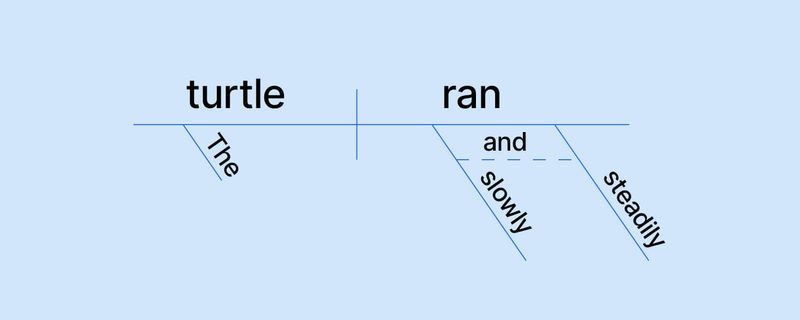
Sentence diagramming dissected language into components. Parsing sentences felt meticulous, yet its everyday use is rare. While enhancing grammar understanding, it’s more a linguistic exercise than a practical skill. Diagramming improved analytical thinking and clarity in writing. Its visual approach clarified syntax, aiding language learning. Despite its obscurity, it fostered precision in communication. For linguists, it’s valuable, but for others, it’s a curious memory. Though not applied daily, it contributed to language appreciation and cognitive skills. Sentence diagramming remains a unique educational tool, shaping our linguistic perspectives despite its limited modern application.
Roman Numerals
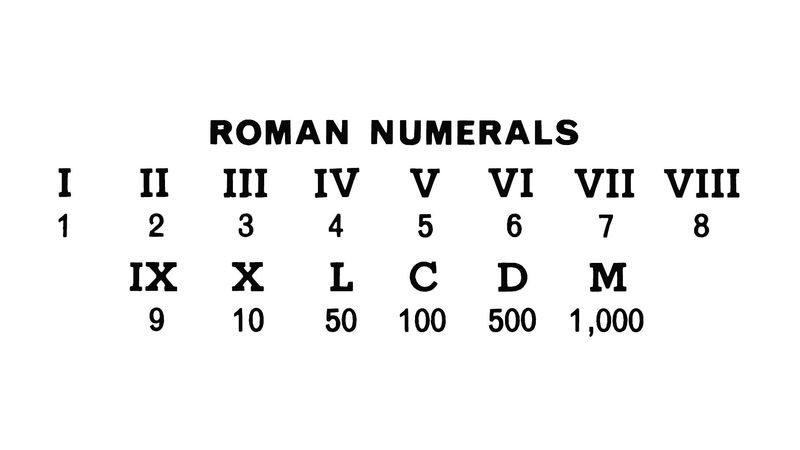
Roman numerals, with their I’s and V’s, seemed like ancient secrets. While intriguing, their practical use is minimal today. Occasionally seen on clocks or in outlines, they rarely feature in modern calculations. However, learning them connected us to history and ancient cultures. Despite their rarity, they enriched our numerical understanding. For historians and enthusiasts, they’re still fascinating. Though overshadowed by Arabic numerals, they symbolize mathematical evolution. Roman numerals remain a quirky educational chapter, reminding us of the diverse ways humans have represented numbers throughout history, even if they’re seldom used in everyday life.
The Metric System
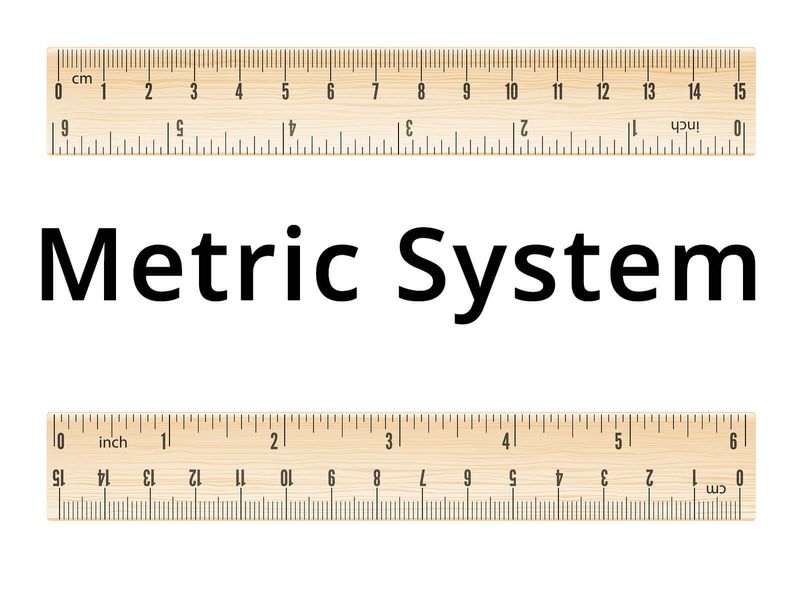
The metric system, with meters and grams, was taught as a universal standard. Yet, in countries like the U.S., its use is inconsistent. Despite its logic, many struggle with conversion. Understanding it aids in scientific contexts, yet daily reliance varies globally. For travelers, it’s essential, but for others, it’s a mathematical puzzle. Despite this, learning it fosters global understanding and adaptability. While not universally applied, the metric system demonstrates measurement consistency. It remains a testament to educational efforts in promoting international standards, even if its daily use fluctuates depending on location.
Typing on Typewriters

Learning to type on typewriters prepared us for a typing world long transformed by computers. The clacking keys required precision and rhythm. While obsolete, it taught focus and manual dexterity. Today’s keyboards are more forgiving, yet the skill persists. Though typewriters are museum relics, their legacy lives on in our typing proficiency. For writers and collectors, they’re nostalgic treasures. Despite their absence in modern offices, typewriters symbolize a bygone era of mechanical communication. Learning on them instilled enduring skills, shaping how we interact with technology, even as digital advancements overshadow their practicality.
